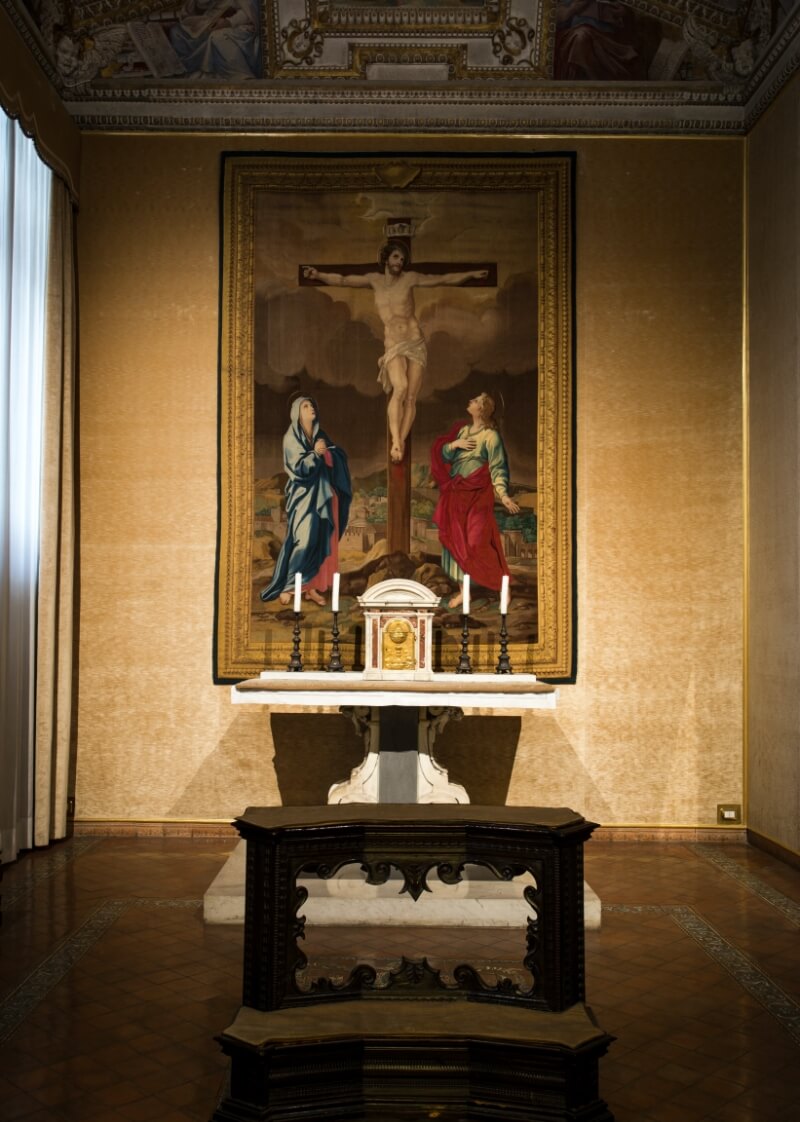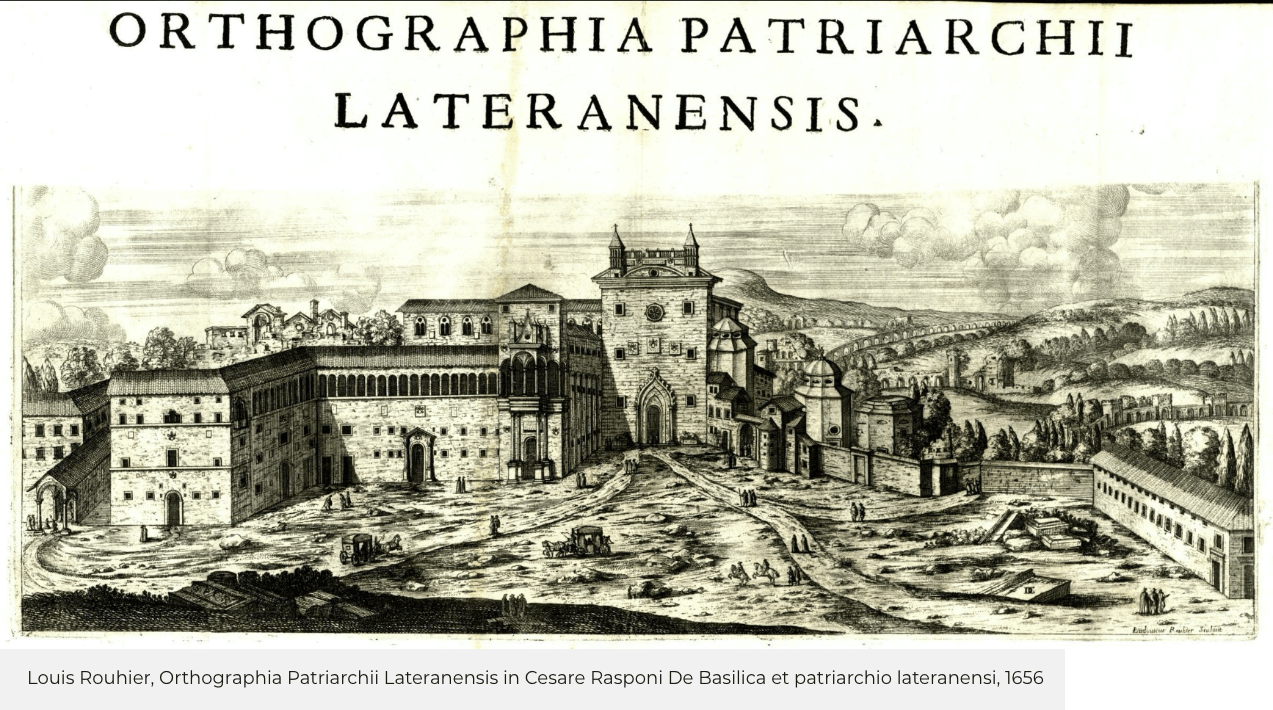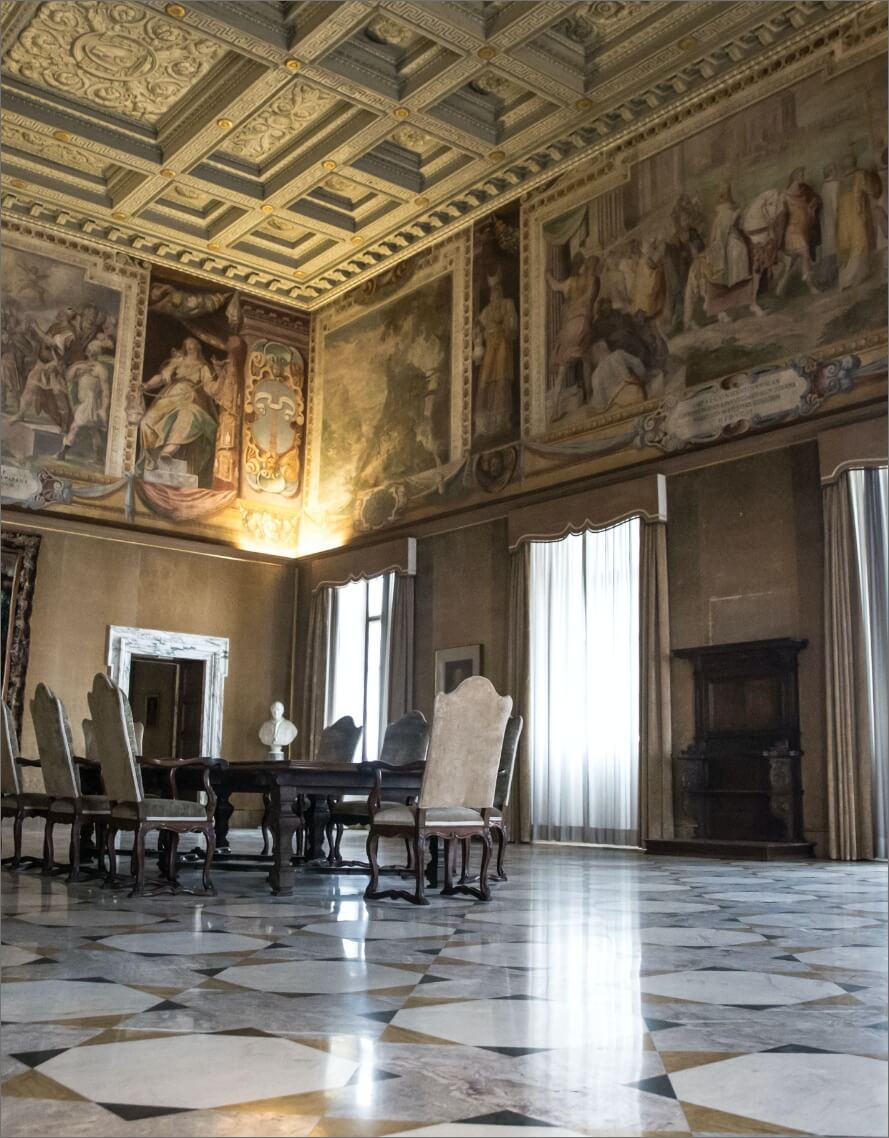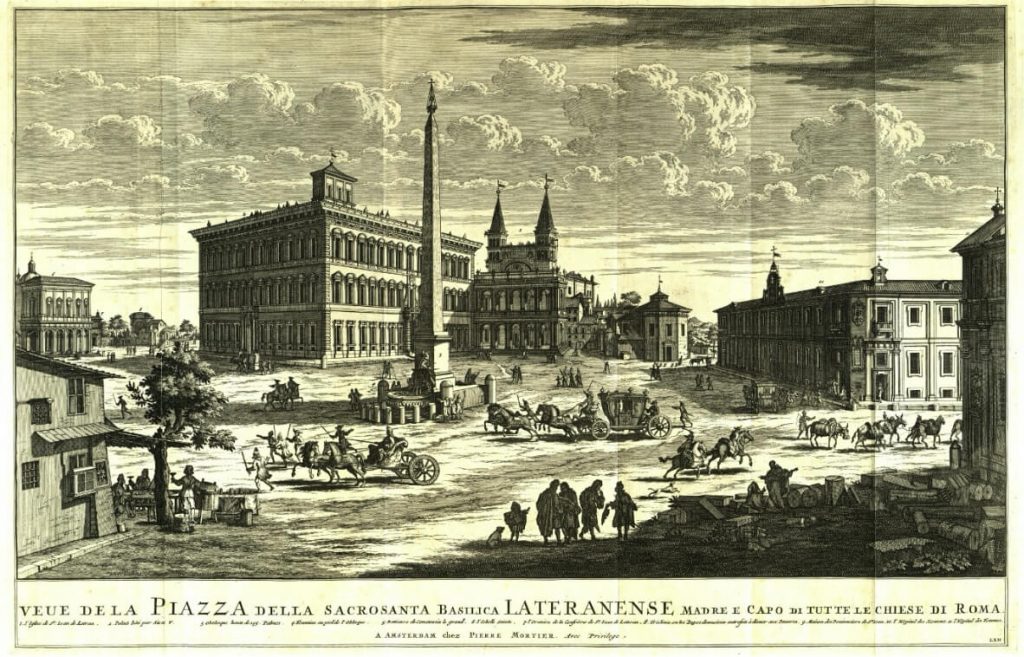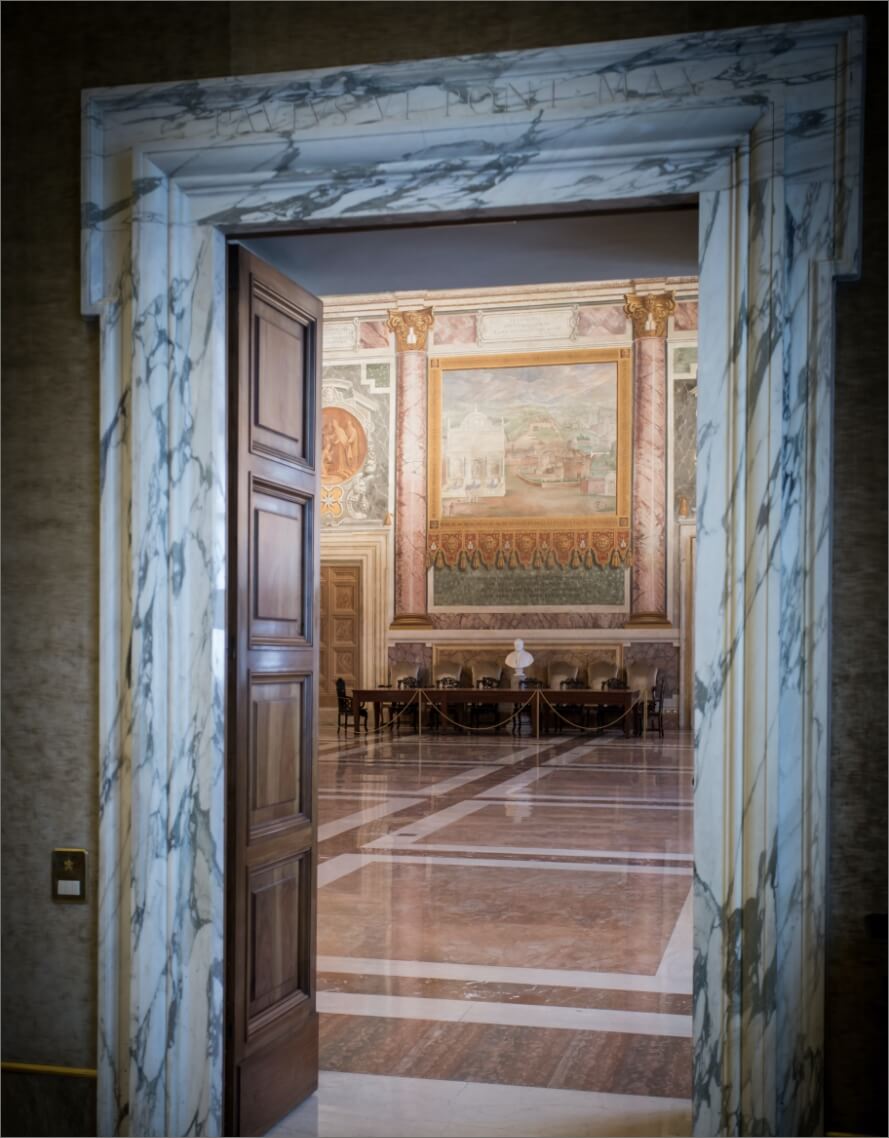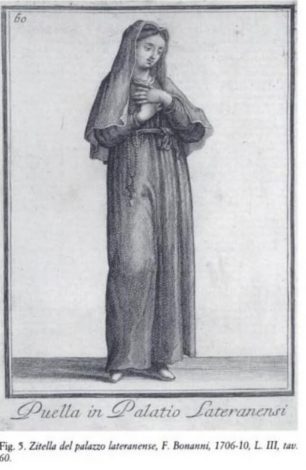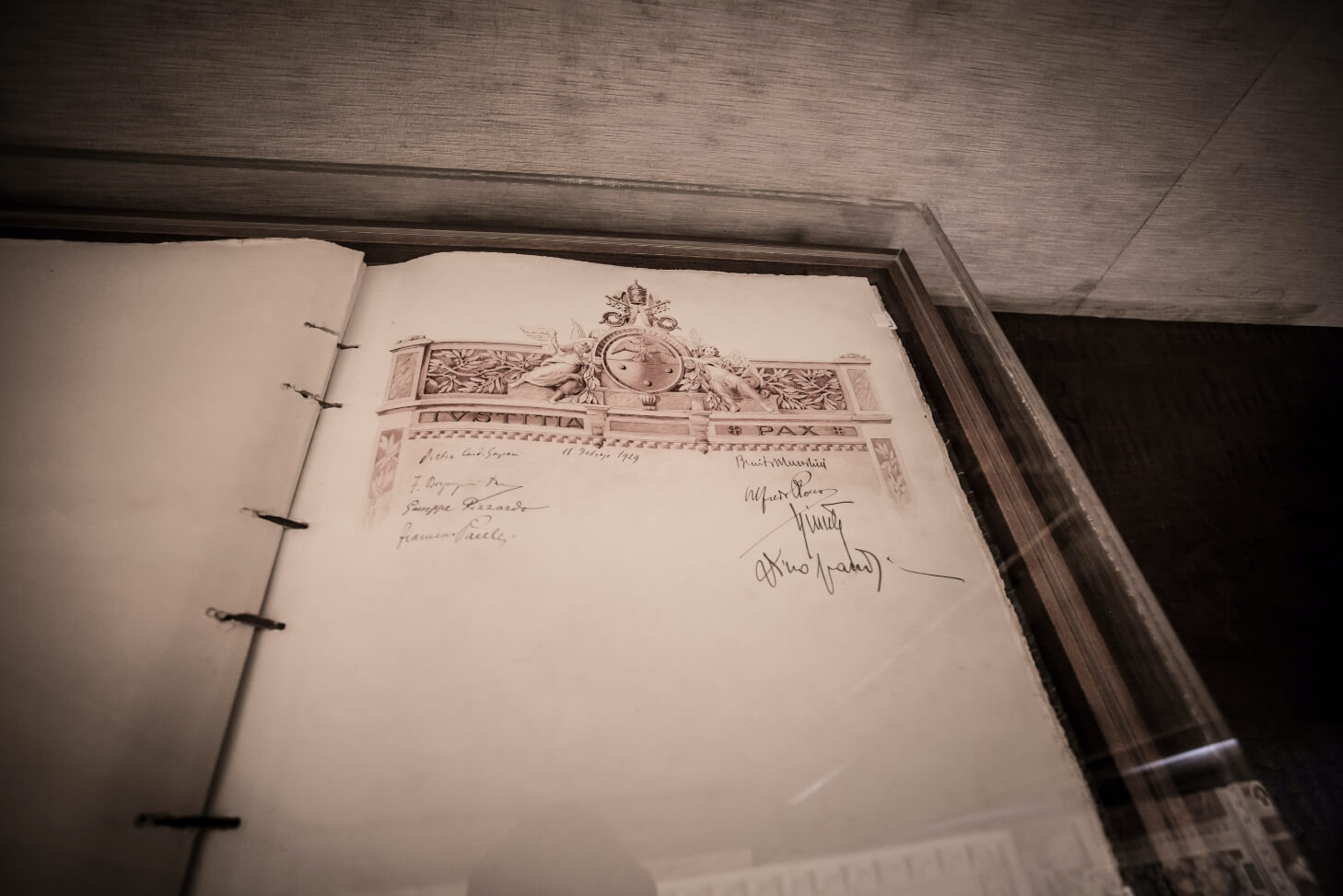An exciting journey through the history of the Church, where art and faith are intertwined in a way that manages to transmit wonder, wisdom and beauty to the different generations. This itinerary was designed to correspond to the heartfelt desire of Pope Francis who, as Bishop of Rome, wishes to enhance this place as an expression of faith, culture and beauty.
In one of the historic districts of the city adjacent to the Basilica of San Giovanni in Laterano or St John Lateran “Mother and Head” of all the churches of Rome and the world, stands the Lateran Apostolic Palace.
The area and the buildings, that once belonged to the ancient Lateran family were donated by Constantine to Pope Miltiades I, following the victory obtained against his rival Maxentius at the Milvian Bridge on 28 October 312 AD.




